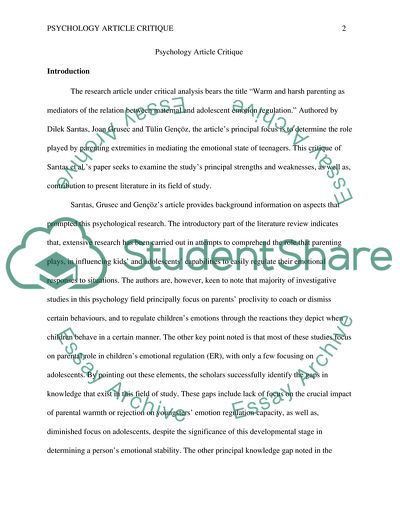Cite this document
(A Critique of Warm and harsh parenting as mediators of the relation Literature review, n.d.)
A Critique of Warm and harsh parenting as mediators of the relation Literature review. https://studentshare.org/psychology/1826176-a-critique-of-warm-and-harsh-parenting-as-mediators-of-the-relation-between-maternal-and-adolescent-emotion-regulation-journal-of-adolescence-36-1093-1011
A Critique of Warm and harsh parenting as mediators of the relation Literature review. https://studentshare.org/psychology/1826176-a-critique-of-warm-and-harsh-parenting-as-mediators-of-the-relation-between-maternal-and-adolescent-emotion-regulation-journal-of-adolescence-36-1093-1011
(A Critique of Warm and Harsh Parenting As Mediators of the Relation Literature Review)
A Critique of Warm and Harsh Parenting As Mediators of the Relation Literature Review. https://studentshare.org/psychology/1826176-a-critique-of-warm-and-harsh-parenting-as-mediators-of-the-relation-between-maternal-and-adolescent-emotion-regulation-journal-of-adolescence-36-1093-1011.
A Critique of Warm and Harsh Parenting As Mediators of the Relation Literature Review. https://studentshare.org/psychology/1826176-a-critique-of-warm-and-harsh-parenting-as-mediators-of-the-relation-between-maternal-and-adolescent-emotion-regulation-journal-of-adolescence-36-1093-1011.
“A Critique of Warm and Harsh Parenting As Mediators of the Relation Literature Review”. https://studentshare.org/psychology/1826176-a-critique-of-warm-and-harsh-parenting-as-mediators-of-the-relation-between-maternal-and-adolescent-emotion-regulation-journal-of-adolescence-36-1093-1011.


